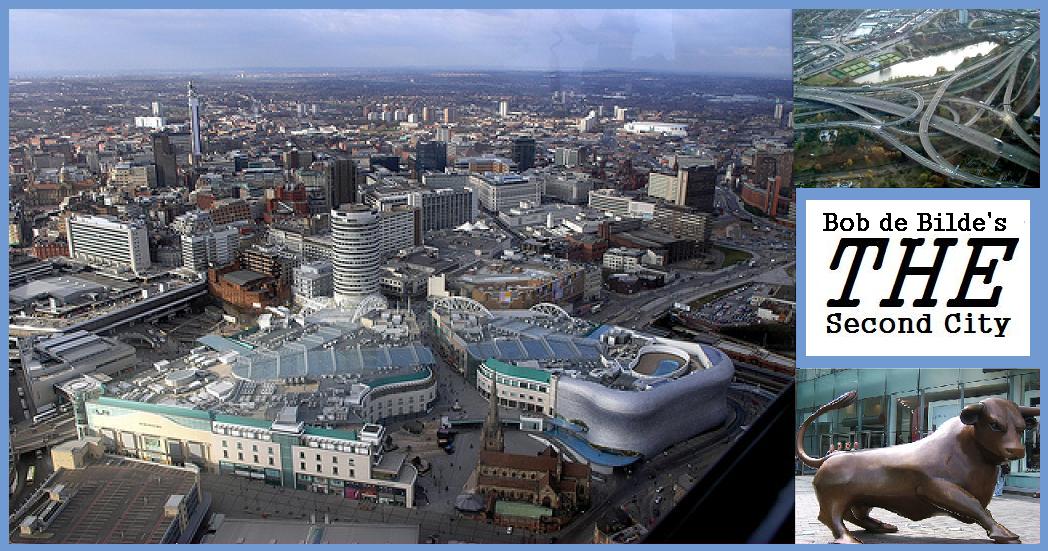 Trilogy was the third studio album by British progressive rock band Emerson, Lake & Palmer, originally released on 6th July 1972 on Island Records (UK) (Atlantic Records (US)).
Trilogy was the third studio album by British progressive rock band Emerson, Lake & Palmer, originally released on 6th July 1972 on Island Records (UK) (Atlantic Records (US)).The album reached #5 on the Billboard 200. "From the Beginning" reached #39 on the Billboard Hot 100.
The interior of the original gatefold sleeve features a photomontage showing multiple images of the band in Epping Forest carpeted with autumn leaves.
The band had already released two very carefully performed studio albums, Emerson, Lake and Palmer (1970) and Tarkus (1971), the former being dominated by virtuoso keyboards and drumming; the latter being as bombastic as it was ambitious. Trilogy, their third studio album, increased ELP's worldwide popularity, and included "Hoedown", which was one of their most popular songs when performing live.
Track listing
Side one
- "The Endless Enigma Part One" (Emerson/Lake) – 6:37
- "Fugue" (Emerson) – 1:57
- "The Endless Enigma Part Two" (Emerson/Lake) – 2:00
- "From the Beginning" (Lake) – 4:14 (Listen below or on YouTube)
- "The Sheriff" (Emerson/Lake) – 3:22
- "Hoedown" Taken from Rodeo (Copland) – 3:48
Side two
- "Trilogy" (Emerson/Lake) – 8:54
- "Living Sin" (Emerson/Lake/Palmer) – 3:11
- "Abaddon's Bolero" (Emerson) – 8:13
Bonus track
- "Hoedown" (Copland) - 4:06 (Live)
The Endless Enigma consists of three parts: Endless Enigma Part One, Fugue and Endless Enigma Part Two. Endless Enigma Part One has a 1:36 intro that consists of the Moog, bass drum and Piano. It's very quiet. The song Endless Enigma Part One opens with the sound of a beating heart, an effect created by the bass drum pedal of Palmer's Ludwig Octoplus kit. Notably, this effect was invented by Carl Palmer before it was used on Jethro Tull's A Passion Play (1973).
The opening drum solo on the track "The Sheriff" features a slight time-mistake, followed by drummer Carl Palmer responding with the word "shit" which can be heard when listening carefully. The Sheriff ends with a Honkey Tonk type piano solo with Keith playing a honkey tonk piano and Carl playing woodblocks.
"Abaddon's Bolero" sounds like a martialized Bolero (in 4/4 rhythm rather than the usual 3/4). A single melody containing multiple modulations within itself is repeated over and over in ever more thickly layered arrangements, starting from a quiet hammond organ making a flute-like sound over a snare drum, and building up to an ear-shattering wall of sound. This aspect may well be a nod to the similar effect in Maurice Ravel's famous Bolero. Abaddon's Bolero is very replete with overdubs. Almost every time another instrument comes in, it's another overdub.
The opening drum solo on the track "The Sheriff" features a slight time-mistake, followed by drummer Carl Palmer responding with the word "shit" which can be heard when listening carefully. The Sheriff ends with a Honkey Tonk type piano solo with Keith playing a honkey tonk piano and Carl playing woodblocks.
"Abaddon's Bolero" sounds like a martialized Bolero (in 4/4 rhythm rather than the usual 3/4). A single melody containing multiple modulations within itself is repeated over and over in ever more thickly layered arrangements, starting from a quiet hammond organ making a flute-like sound over a snare drum, and building up to an ear-shattering wall of sound. This aspect may well be a nod to the similar effect in Maurice Ravel's famous Bolero. Abaddon's Bolero is very replete with overdubs. Almost every time another instrument comes in, it's another overdub.














































No comments:
Post a Comment